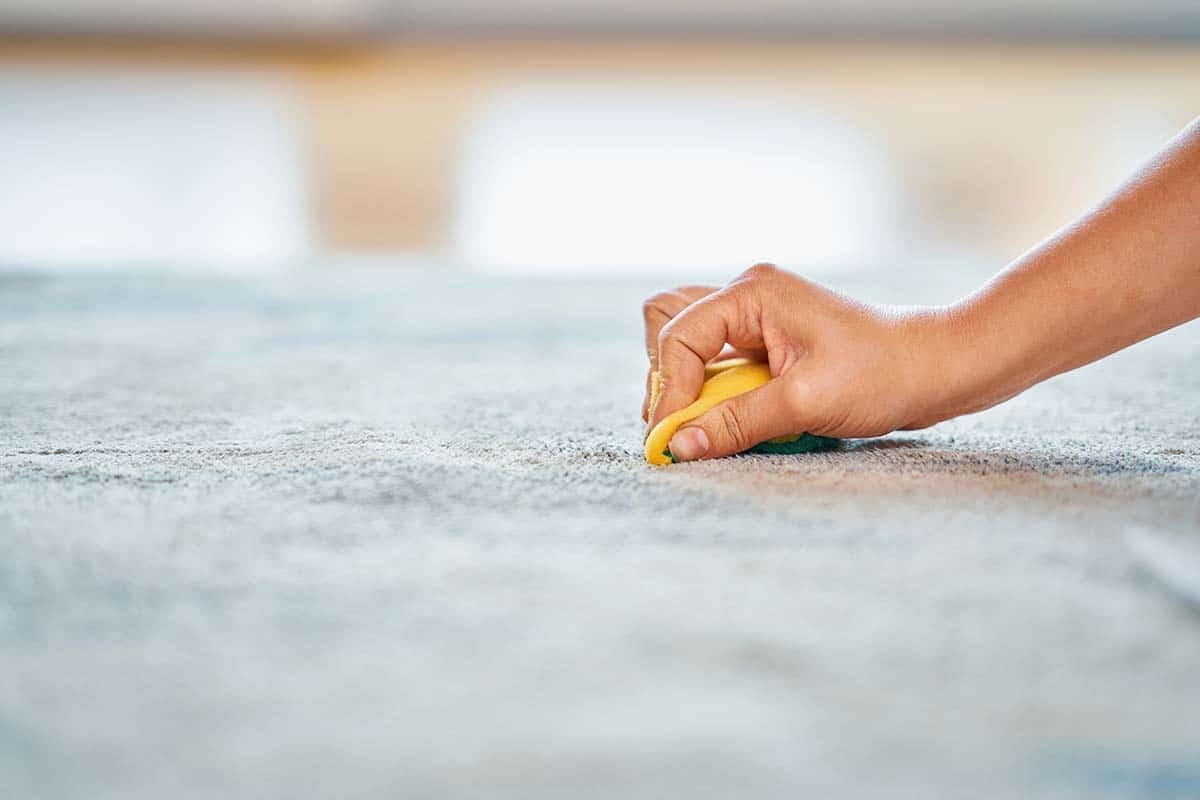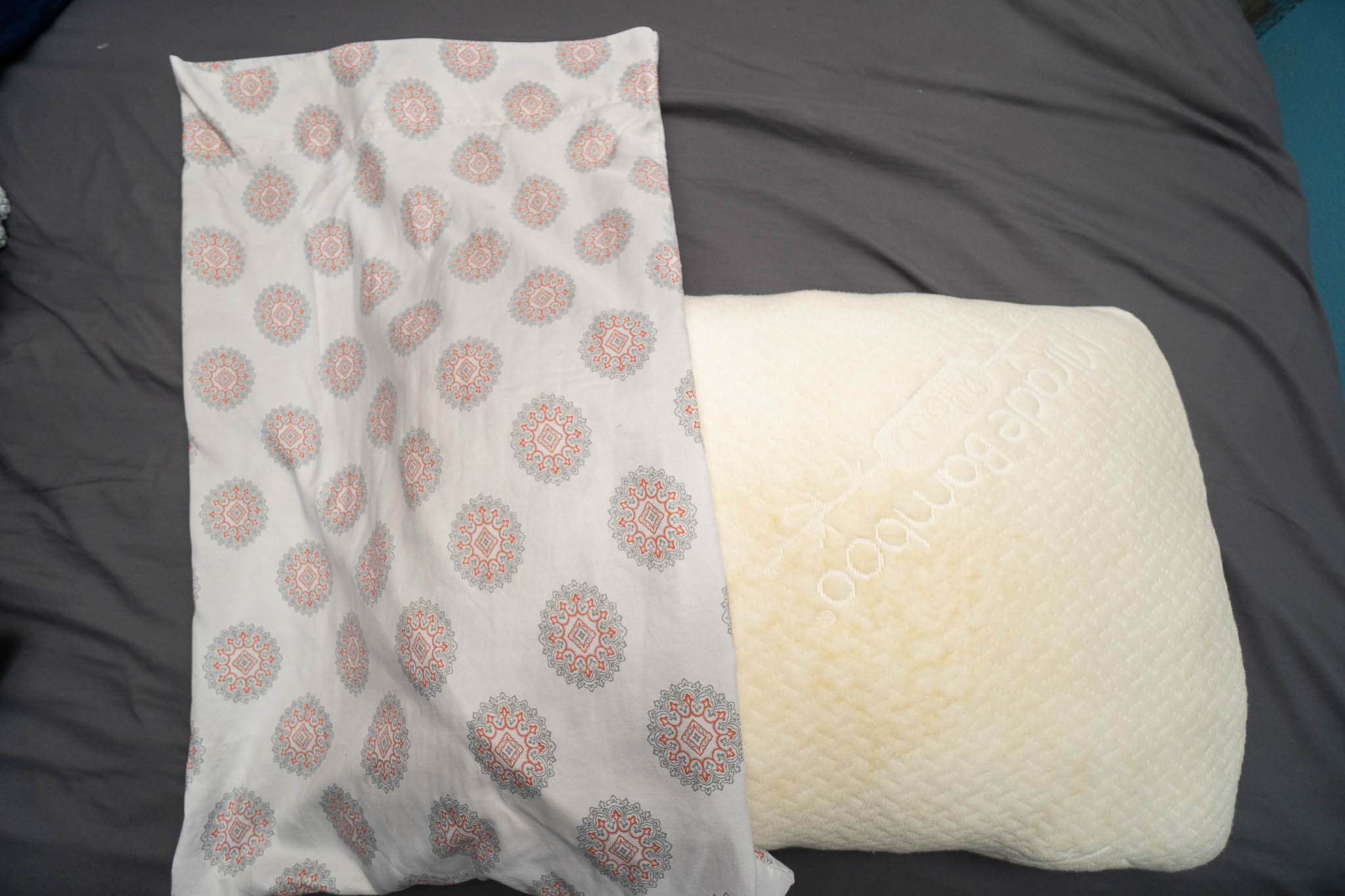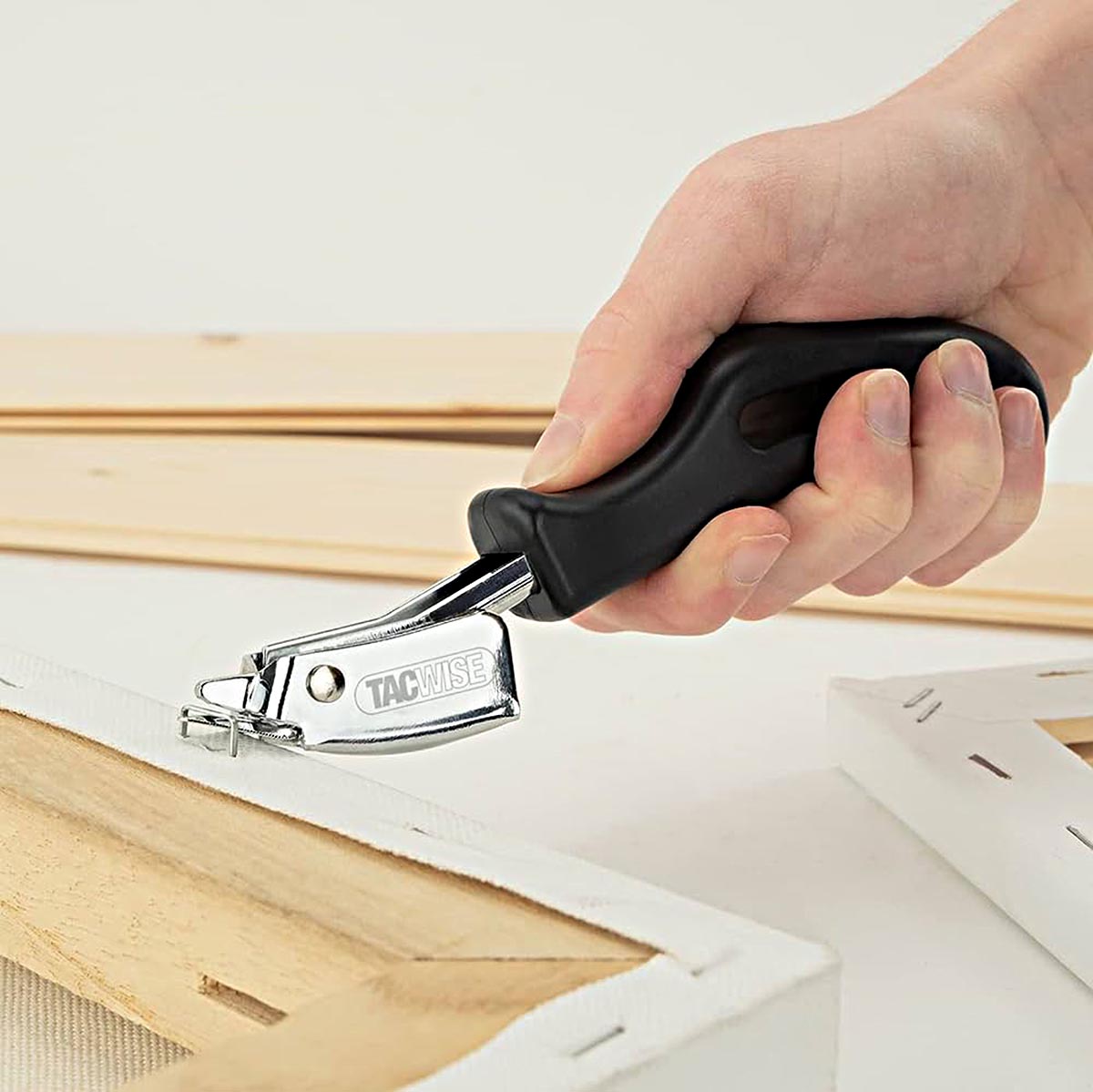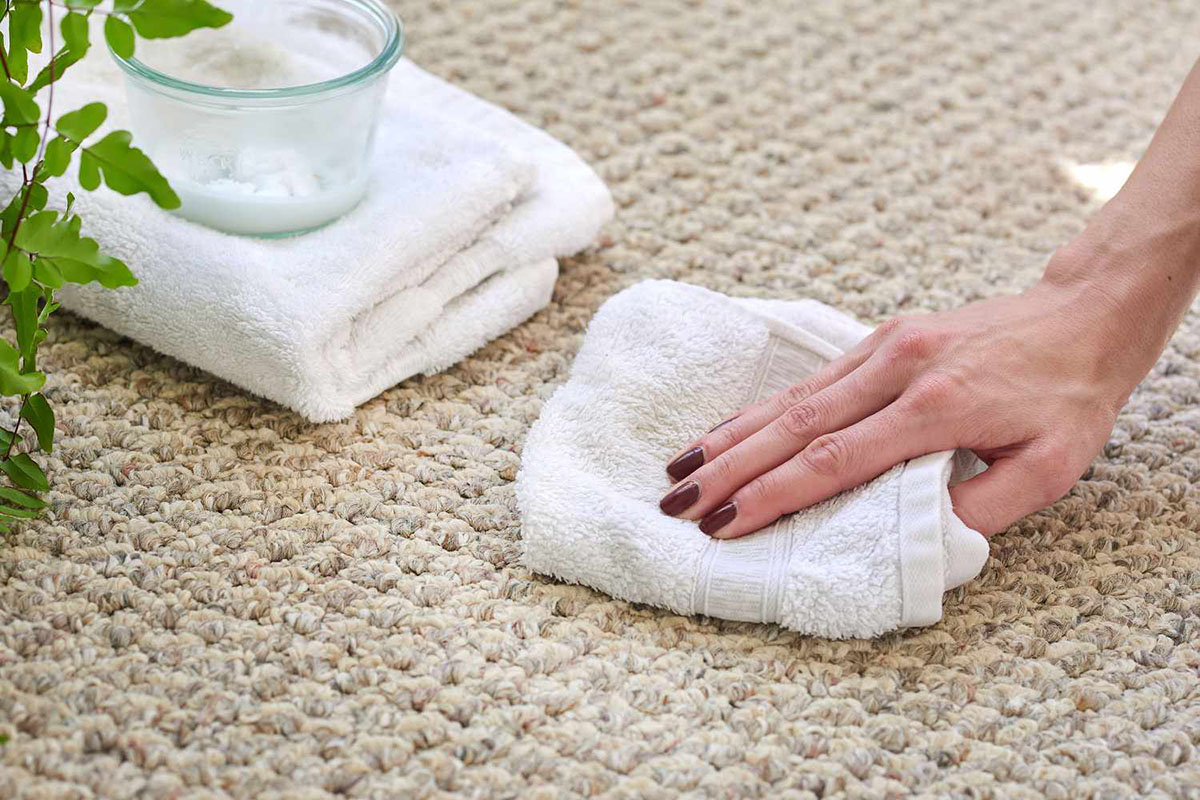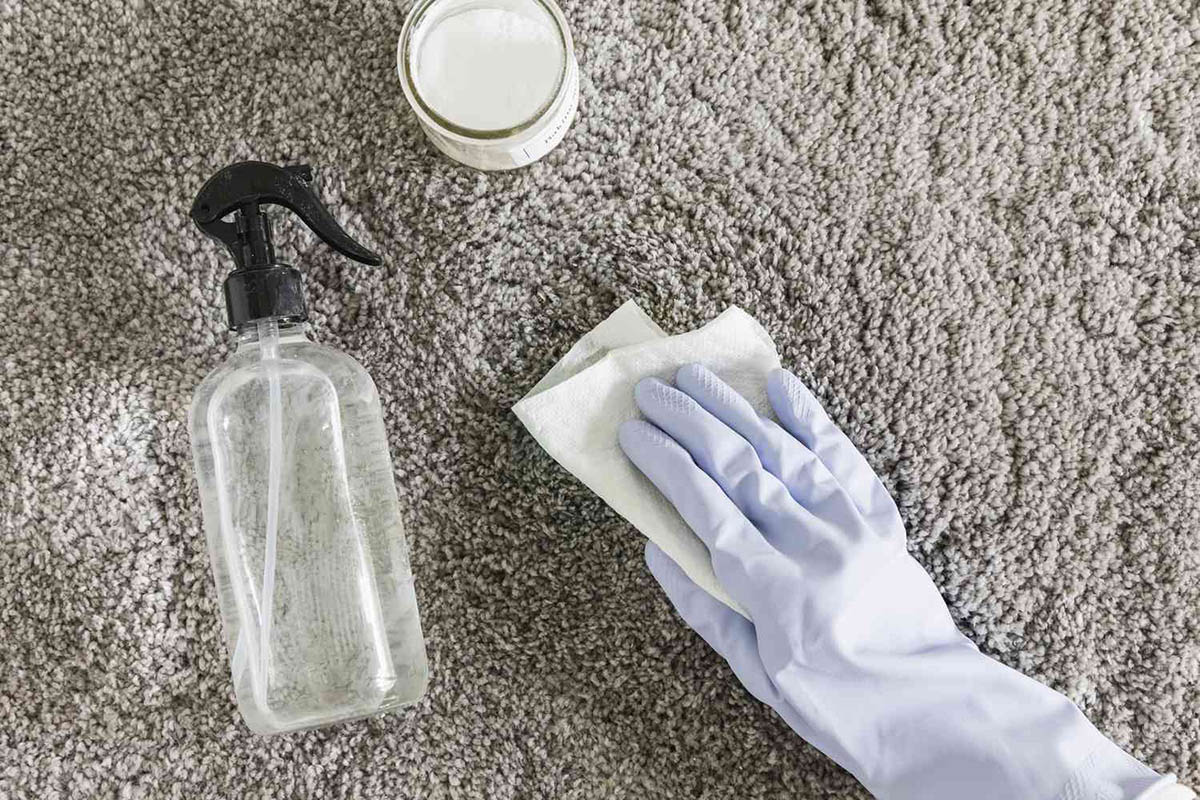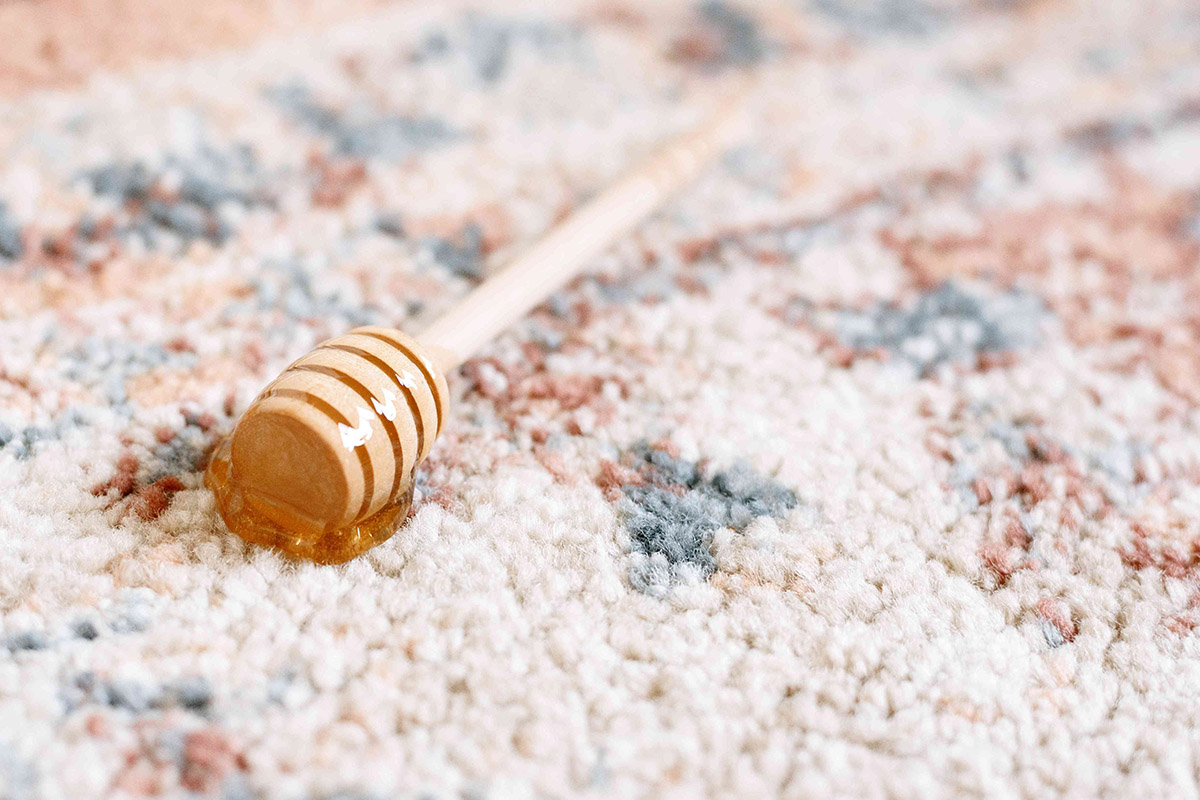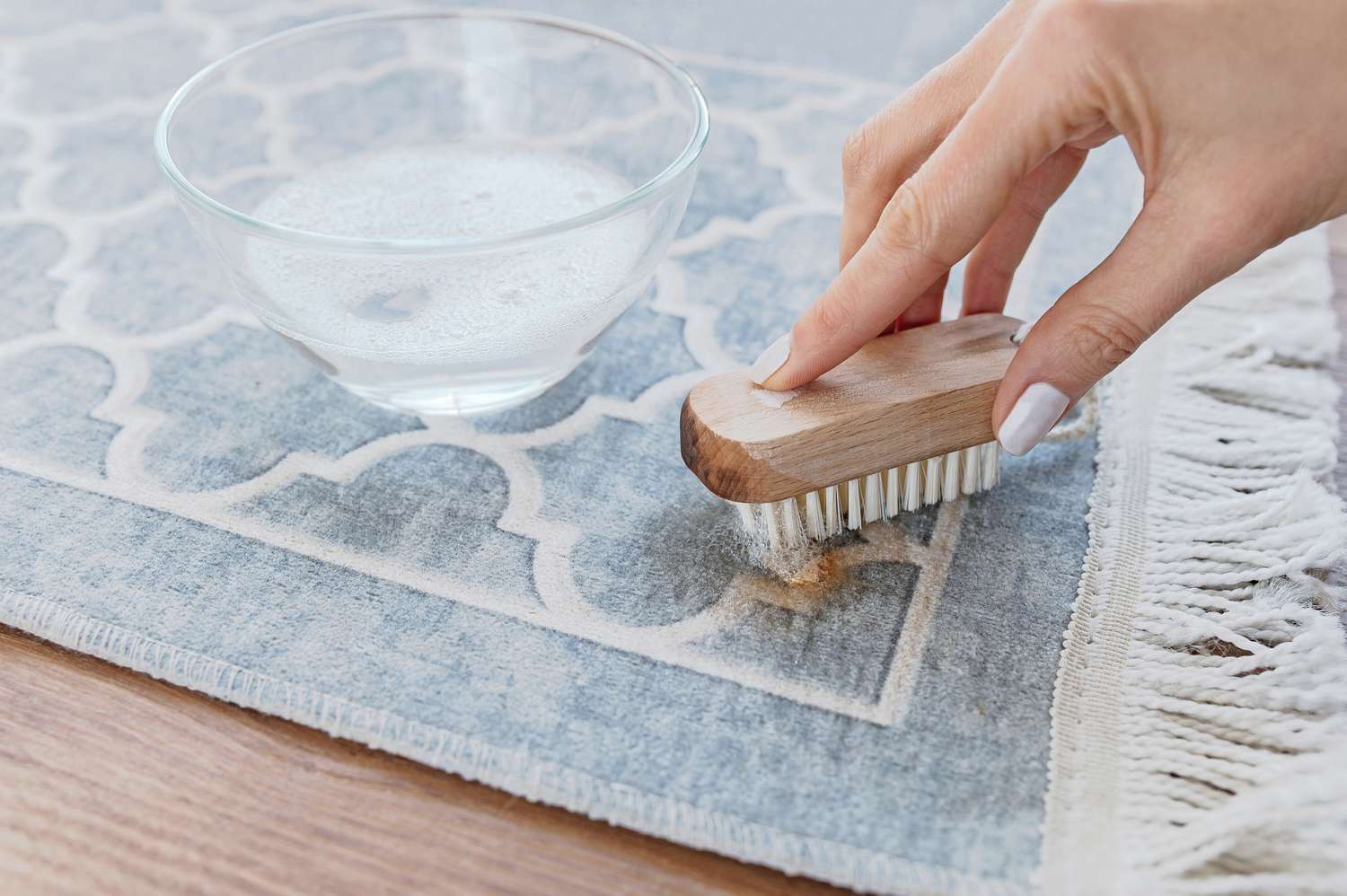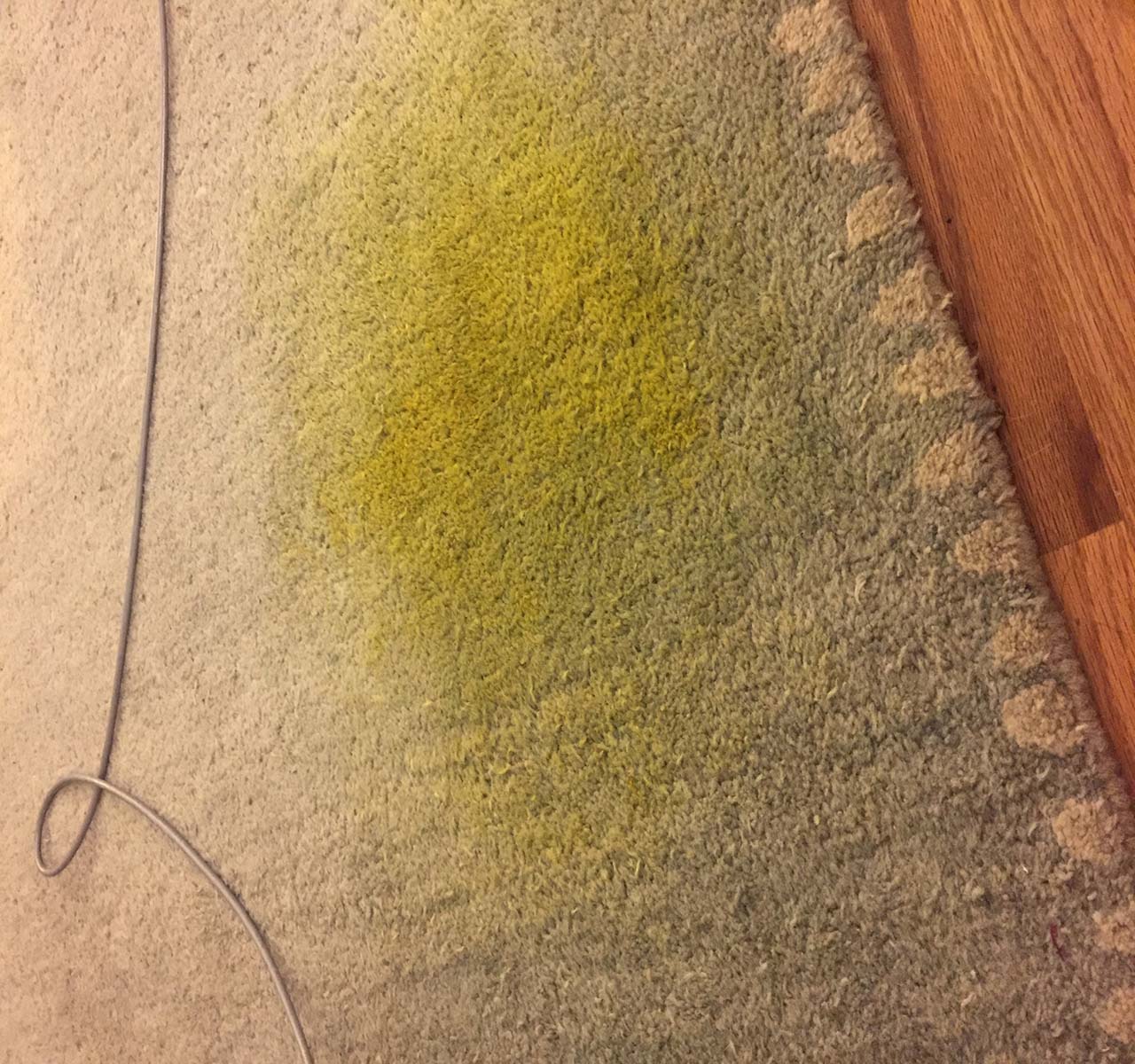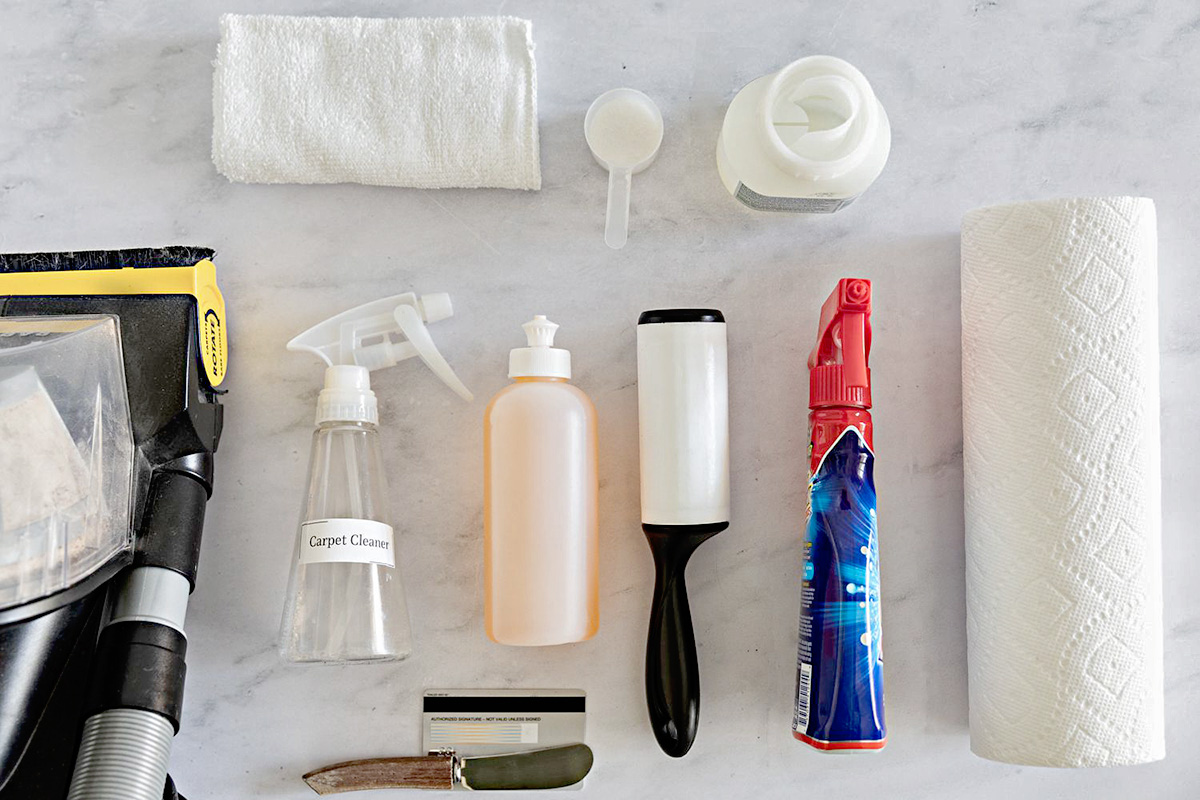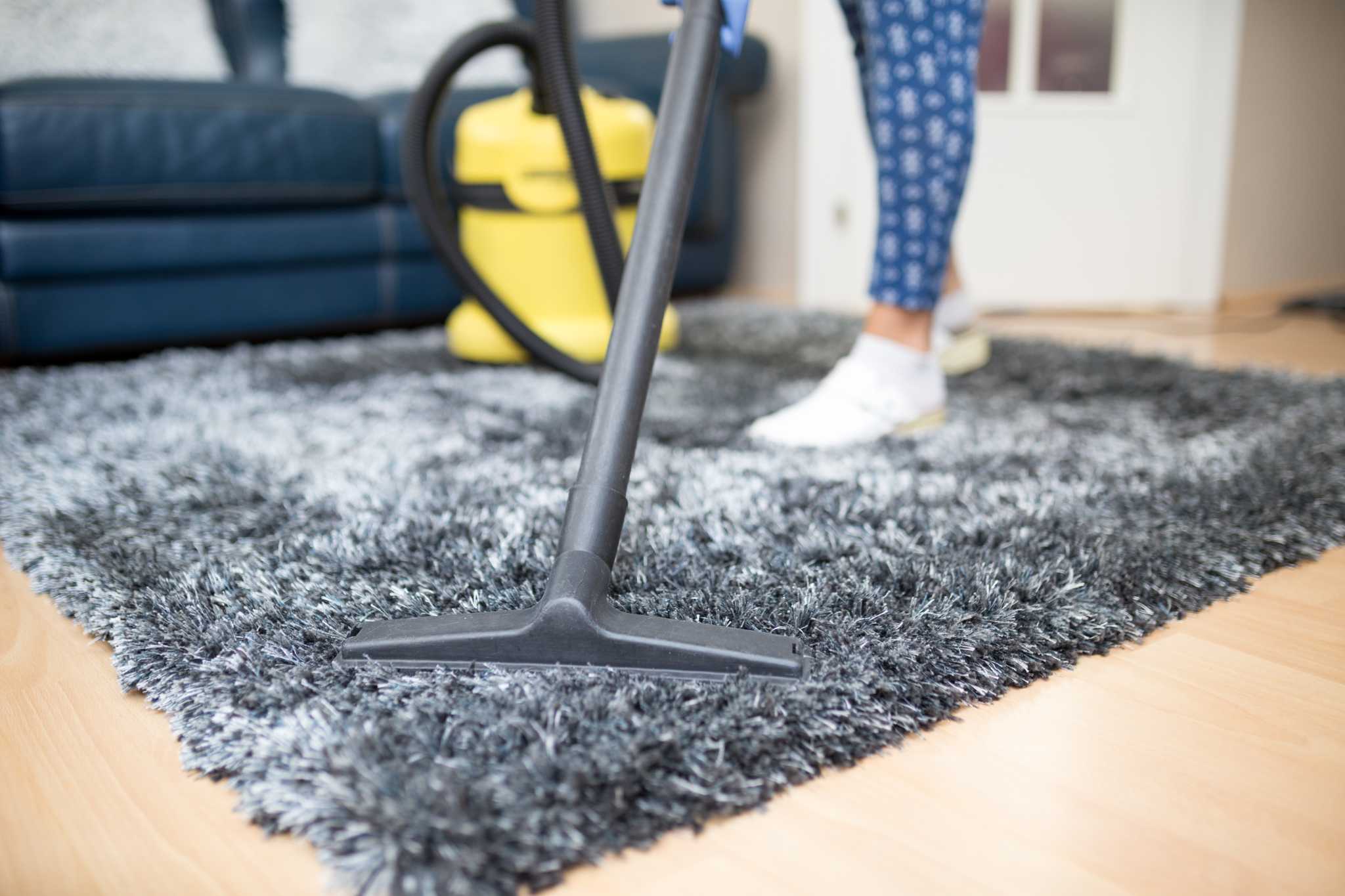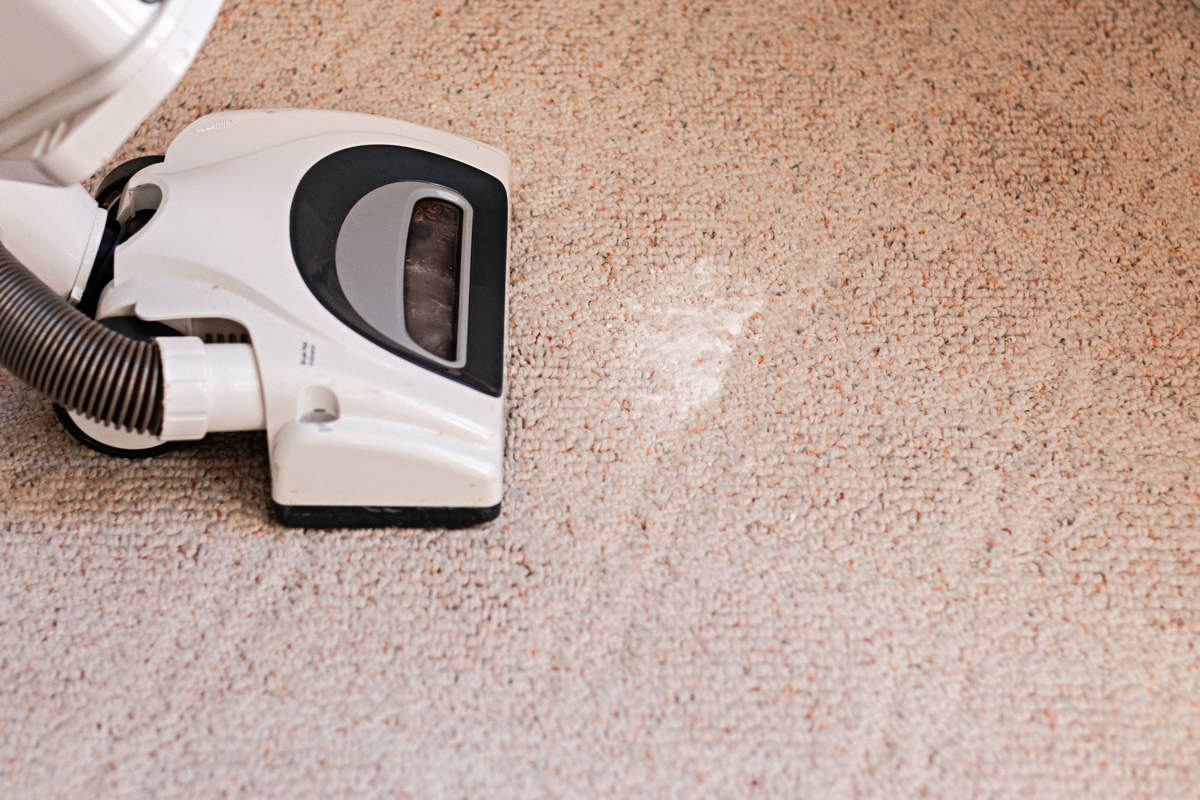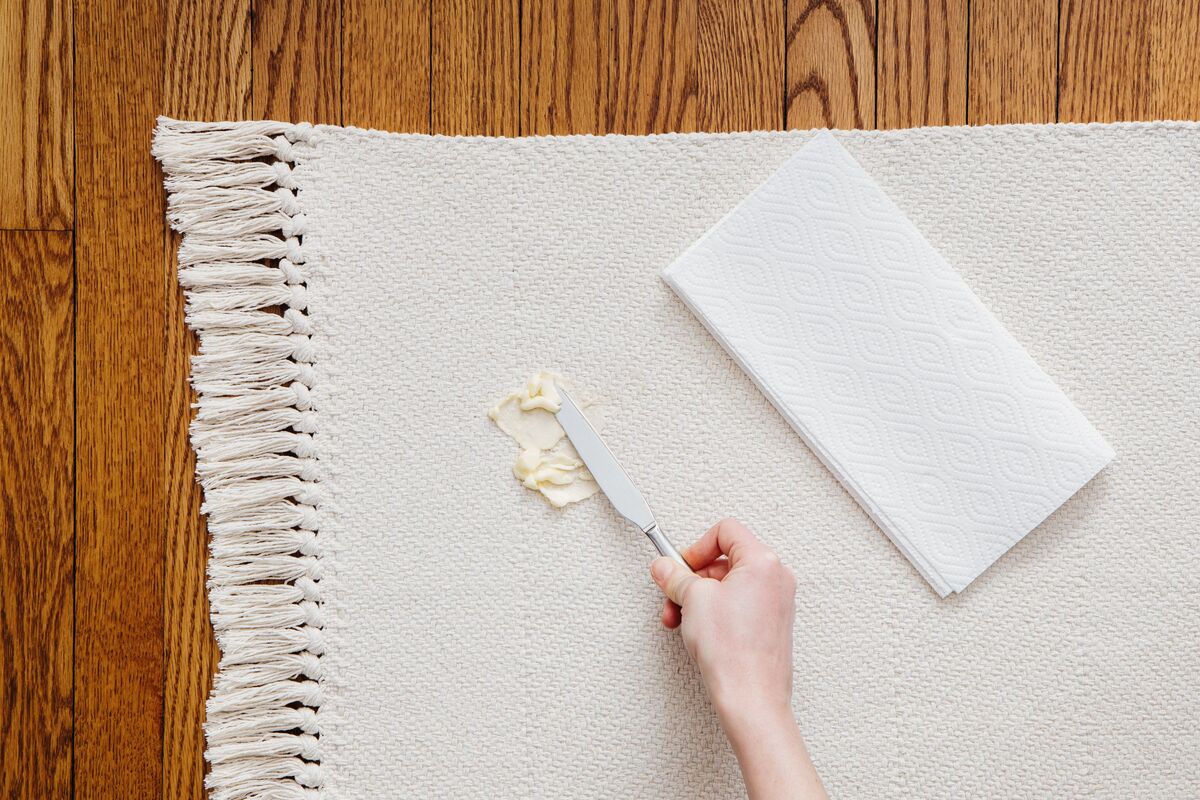

Articles
How To Get Motor Oil Out Of A Carpet
Modified: August 27, 2024
Discover effective methods for removing motor oil stains from your carpet with these informative articles. Say goodbye to stubborn stains and restore the beauty of your carpet today!
(Many of the links in this article redirect to a specific reviewed product. Your purchase of these products through affiliate links helps to generate commission for Storables.com, at no extra cost. Learn more)
Introduction
Accidents happen, and one of the most frustrating accidents to deal with is spilling motor oil on your carpet. The oily substance can quickly seep into the fibers, leaving an unsightly stain and an unpleasant odor. However, with the right materials and techniques, it is possible to remove motor oil from your carpet and restore its pristine condition.
In this article, we will guide you through a step-by-step process to safely and effectively get motor oil out of your carpet. From blotting the spill to applying cleaning solutions, we will cover all the necessary steps to ensure successful oil stain removal. Before we start, make sure you have all the materials needed for this task:
- Disposable paper towels or clean white cloths
- Baking soda
- Dishwashing liquid
- A toothbrush
- Vinegar
- Water
Now that you have gathered all the necessary supplies, let’s begin the process of removing motor oil from your carpet.
Key Takeaways:
- Quickly blot up excess oil, absorb with baking soda, and gently scrub with dishwashing liquid and a toothbrush to effectively remove motor oil from your carpet.
- Use a vinegar solution to eliminate residual stains, neutralize odors, and give your carpet a final cleaning for a fresh and clean outcome.
Read more: How To Get Oil Pastel Out Of A Carpet
Materials Needed
Before you start the process of removing motor oil from your carpet, it’s important to gather all the necessary materials. Having everything prepared beforehand will make the cleanup process more efficient. Here’s a list of what you’ll need:
- Disposable paper towels or clean white cloths: These will be used to blot and absorb the excess motor oil from the carpet surface.
- Baking soda: Baking soda is a powerful absorbent that can help lift oil stains from the carpet fibers.
- Dishwashing liquid: Choose a mild dishwashing liquid that does not contain any harsh chemicals. This will be used to create a cleaning solution to tackle the oil stain.
- A toothbrush: A soft-bristled toothbrush will aid in gently scrubbing the stain without damaging the carpet fibers.
- Vinegar: Vinegar is a natural cleaning agent that can help remove any residual stains and neutralize odors.
- Water: You’ll need clean water for rinsing and diluting cleaning solutions.
By having these materials readily available, you can begin the oil stain removal process without any delays. It’s also a good idea to protect your hands by wearing disposable gloves before handling any cleaning solutions.
Now that you have all the materials needed, let’s move on to the step-by-step process of removing motor oil from your carpet.
Step 1: Blotting the Spill
The first step in removing motor oil from your carpet is to act quickly and blot up as much of the spill as possible. You want to remove any excess oil before it has a chance to penetrate deeper into the carpet fibers.
Here’s how you can effectively blot the spill:
- Start by grabbing a few sheets of disposable paper towels or clean white cloths.
- Gently place the paper towel or cloth over the oil spill.
- Apply light pressure and blot the spill. Avoid rubbing or scrubbing at this stage, as it can spread the oil and make the stain worse.
- Continue blotting until you’ve absorbed as much oil as possible.
- If the initial paper towel or cloth becomes saturated, switch to a fresh one and continue blotting.
Remember to work from the outside of the spill towards the center to prevent the oil from spreading further. It’s important to be gentle during this process to avoid pushing the oil deeper into the carpet.
Once you’ve successfully blotted up the majority of the oil, move on to the next step: absorbing with baking soda.
Step 2: Absorbing with Baking Soda
After blotting up the excess motor oil, the next step in the oil removal process is to absorb any remaining oil using baking soda. Baking soda is known for its absorbent properties, making it an effective tool in lifting oil stains from carpet fibers.
Follow these steps to absorb the oil with baking soda:
- Generously sprinkle baking soda over the oil stain. Make sure to cover the entire affected area.
- Gently press the baking soda into the carpet using your fingers or the back of a spoon. Allow the baking soda to sit for at least 15 minutes to absorb the oil.
- After the designated time has passed, use a vacuum cleaner to thoroughly remove the baking soda from the carpet.
Baking soda not only absorbs the oil but also helps neutralize any unpleasant odors. This simple yet effective method can significantly diminish the appearance of the oil stain on your carpet.
Once you have completed step 2, you’re ready to move on to the next step: applying dishwashing liquid to further tackle the oil stain.
Step 3: Applying Dishwashing Liquid
Now that you have absorbed as much oil as possible with baking soda, it’s time to tackle the remaining oil stain by applying a dishwashing liquid solution. Dishwashing liquid is a gentle cleaner that can effectively break down and remove oil stains from carpets.
Follow these steps to apply dishwashing liquid to the oil stain:
- In a small bowl, mix a few drops of mild dishwashing liquid with warm water. Be sure to use a gentle dishwashing liquid that does not contain any harsh chemicals.
- Dampen a clean white cloth with the dishwashing liquid solution.
- Gently blot the oil stain with the damp cloth, starting from the outer edges and working your way towards the center.
- Avoid rubbing or scrubbing the stain, as this can damage the carpet fibers.
- Continue blotting until you see the oil stain gradually lifting from the carpet.
Make sure to use a white cloth to prevent any color transfer onto the carpet. Keep in mind that excessive moisture can damage the carpet, so it’s important to use the solution sparingly.
Once you’ve applied the dishwashing liquid solution and blotted the stain, move on to the next step: scrubbing with a toothbrush.
Blot the motor oil with paper towels, then apply a small amount of dish soap and water to the stain. Gently scrub with a brush, then blot with clean water and dry with a towel. Repeat if necessary.
Read more: How To Get An Oil Stain Out Of Carpet
Step 4: Scrubbing with a Toothbrush
Now that you have applied the dishwashing liquid solution to the oil stain, it’s time to gently scrub the affected area with a toothbrush. The soft bristles of a toothbrush can help loosen any remaining oil residue and further lift the stain from the carpet fibers.
Follow these steps to effectively scrub the oil stain with a toothbrush:
- Dampen a soft-bristled toothbrush with warm water.
- Gently scrub the stained area using circular motions. Focus on the oil stain and work inwards from the outer edges.
- Continue scrubbing for a few minutes, being careful not to apply too much pressure that could damage the carpet fibers.
- Rinse the toothbrush frequently to remove any loosened oil residue.
- Periodically blot the area with a clean white cloth to check the progress and remove any excess moisture.
Remember to be patient and thorough during this step. The gentle scrubbing motion along with the dishwashing liquid solution will help lift the stubborn oil stain from the carpet.
Once you’ve finished scrubbing with the toothbrush, it’s time to move on to the next step: removing residual stains.
Step 5: Removing Residual Stains
After scrubbing the oil stain with a toothbrush, there may still be some residual discoloration on your carpet. In this step, we will focus on removing any remaining stains to achieve a cleaner and more pristine appearance.
Follow these steps to remove residual stains:
- In a small bowl, mix equal parts white vinegar and warm water. Vinegar is a natural cleaning agent that can help break down and lift stubborn stains.
- Dampen a clean white cloth with the vinegar solution.
- Gently blot the stained area with the damp cloth, applying light pressure to lift any remaining discoloration.
- Continue blotting until you notice the stain lightening or disappearing.
It’s important to keep the carpet damp, not soaking wet, to prevent any water damage. Additionally, vinegar can leave a strong smell, but it will dissipate once the carpet dries.
If the stain persists, you can repeat the process or consider using a carpet stain remover specifically designed for oil stains. Always follow the manufacturer’s instructions when using commercial cleaners.
Once you’re satisfied with the stain removal, proceed to the final step: cleaning the carpet with a vinegar solution.
Step 6: Final Cleaning with Vinegar Solution
Now that you have successfully removed the oil stain and any residual discoloration, it’s time to give your carpet a final cleaning with a vinegar solution. This step will help eliminate any remaining residue, neutralize odors, and restore the freshness of your carpet.
Follow these steps to clean your carpet with a vinegar solution:
- In a spray bottle, mix equal parts white vinegar and water.
- Spray the vinegar solution lightly over the entire affected area.
- Gently scrub the carpet with a clean white cloth or a soft-bristled brush.
- Allow the vinegar solution to sit on the carpet for a few minutes to deeply penetrate the fibers and neutralize any lingering odors.
- After the designated time has passed, blot the carpet with a clean, dry cloth to remove any excess moisture.
Ensure that the carpet is only slightly damp and avoid over-saturating it to prevent damage or mold growth. Open windows or turn on fans to facilitate faster drying.
Once the carpet is completely dry, give it a quick vacuum to restore its texture and remove any leftover debris.
Congratulations! You have successfully removed the motor oil stain from your carpet and restored its beauty.
Remember, it’s always a good idea to test any cleaning solution on a small, inconspicuous area of your carpet before applying it to the entire stain. If you’re unsure or uncomfortable with the process, it’s advisable to seek professional carpet cleaning services.
By following these steps and being diligent in your approach, you can say goodbye to the motor oil stain and enjoy a fresh and clean carpet once again.
Conclusion
Accidents happen, and spilling motor oil on your carpet can be a frustrating ordeal. However, with the right materials and techniques, you can successfully remove the oil stain and restore your carpet’s pristine condition.
In this article, we have provided you with a step-by-step guide to help you effectively remove motor oil from your carpet. From blotting the spill to applying dishwashing liquid and scrubbing with a toothbrush, each step has been outlined to ensure a thorough and successful cleaning process.
Remember to act quickly when a spill occurs, as prompt action can prevent the oil from penetrating deeper into the carpet fibers. Blotting up the excess oil and absorbing with baking soda are essential initial steps to minimize the stain’s impact. Applying a dishwashing liquid solution and scrubbing gently with a toothbrush help further lift the stain.
If residual stains remain, using a vinegar solution can effectively eliminate those marks and neutralize any odors. Finally, giving the carpet a final cleaning with a vinegar solution ensures a fresh and clean outcome.
Throughout the process, it’s vital to be gentle and patient. Avoid rubbing or scrubbing forcefully, as this can damage the carpet fibers. Instead, focus on blotting, absorbing, and gently scrubbing to lift the stain without causing further harm.
By following these steps and utilizing the right materials, you can successfully remove motor oil from your carpet and restore its visual appeal. Remember, prevention is always the best solution, so take precautions when working with motor oil and be mindful of potential spills.
If you’re unsure or uncomfortable with the stain removal process, it’s always advisable to seek professional carpet cleaning services to ensure the best possible outcome without risking damage to your carpet.
Now armed with this knowledge, you can confidently tackle motor oil stains on your carpet and enjoy a clean and fresh living environment once again.
Frequently Asked Questions about How To Get Motor Oil Out Of A Carpet
Was this page helpful?
At Storables.com, we guarantee accurate and reliable information. Our content, validated by Expert Board Contributors, is crafted following stringent Editorial Policies. We're committed to providing you with well-researched, expert-backed insights for all your informational needs.

